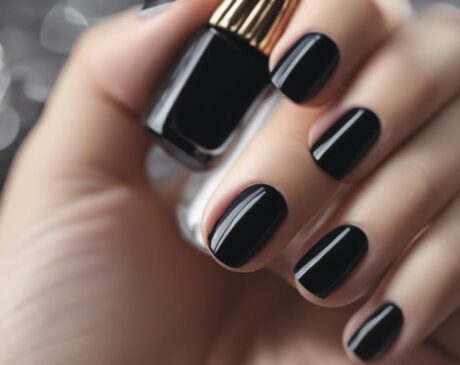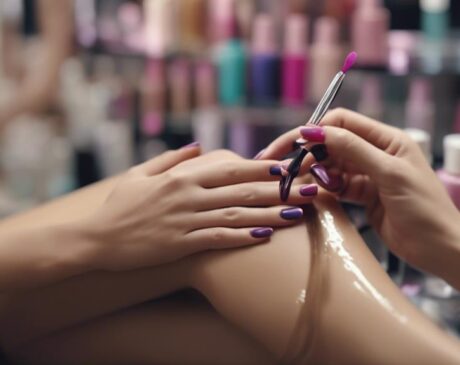Why Do My Press on Nails Keep Popping off
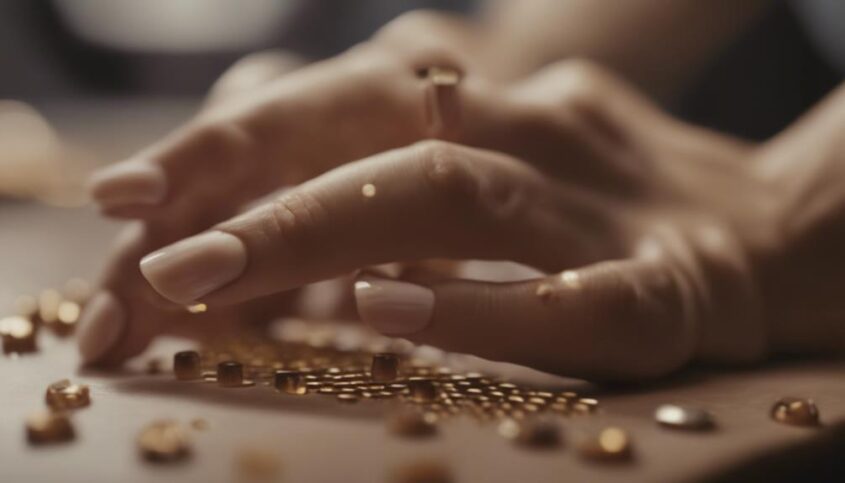
To prevent press-on nails from popping off, ensure proper nail preparation, including cleaning, buffing, and trimming. Apply adhesive evenly and allow sufficient drying time. Choose the correct nail size for a snug fit. Manage moisture levels and humidity properly to maintain adhesive strength. Consider your daily activities' impact on adhesion quality. Use gentle removal techniques to preserve natural nail health. Understanding these factors can help enhance the longevity of your press-on nails.
Key Takeaways
- Inadequate nail preparation weakens adhesion.
- Incorrect adhesive application causes popping off.
- Improper nail sizing leads to poor fit.
- Moisture and humidity weaken the bond.
- High-impact activities compromise adhesion.
Incorrect Nail Preparation
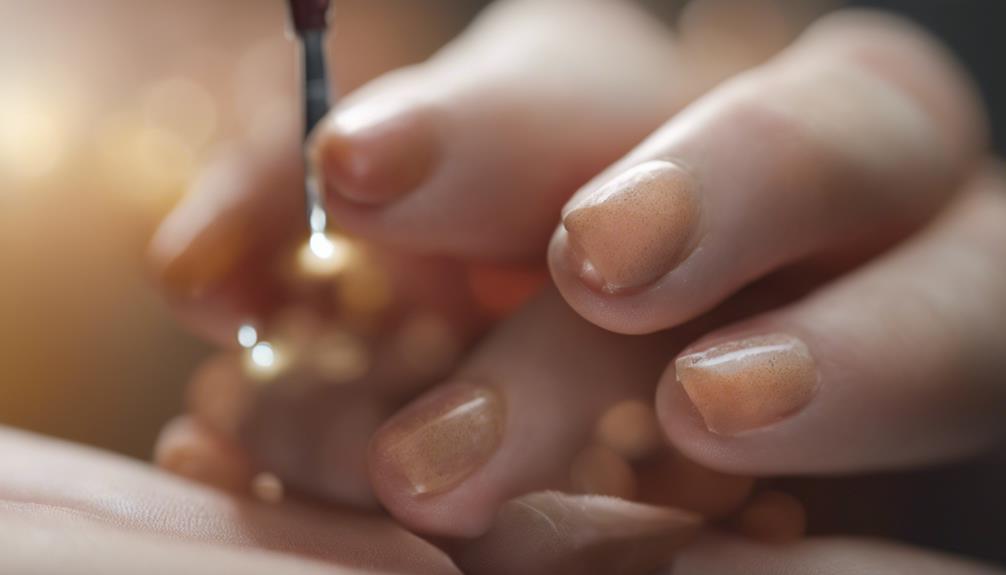
Improperly preparing your natural nails before applying press-on nails can lead to them popping off prematurely. Proper nail preparation is crucial for ensuring a long-lasting and secure bond between your natural nails and the press-ons. To start, make sure your nails are clean and free of any oils or residue by using a gentle nail polish remover. Next, gently buff the surface of your nails to create a slightly rough texture that will help the adhesive adhere better. Trim and shape your nails as needed to ensure a perfect fit for the press-ons.
Innovative solutions in nail preparation include using specialized nail dehydrators or primers that can further enhance the adhesion of press-on nails. These products help to remove excess moisture from the nail plate, creating an optimal surface for the adhesive to bond to. Additionally, incorporating nail strengthening treatments into your nail care routine can improve the overall health and resilience of your natural nails, leading to better results when applying press-ons. By following these innovative nail preparation techniques, you can minimize the risk of press-on nails popping off prematurely and enjoy long-lasting wear.
Inadequate Adhesive Application
Insufficient adhesive application can lead to press-on nails popping off prematurely. Uneven distribution of adhesive may result in weak adhesion and eventual detachment. Additionally, not allowing the adhesive enough time to dry properly or using nails that are the incorrect size can also contribute to nails popping off.
Uneven Adhesive Distribution
Uneven distribution of adhesive can lead to press-on nails popping off prematurely, causing frustration for users seeking long-lasting results. When applying press-on nails, ensuring an even and adequate layer of adhesive is crucial for the nails to adhere properly. Uneven distribution can create weak points where the nail is more likely to lift or detach. To address this issue, consider using a small brush or an adhesive applicator for a more precise application. Start by applying a thin layer of adhesive evenly across the natural nail, ensuring full coverage without excess. This method helps distribute the adhesive uniformly, promoting a stronger bond between the press-on nail and the natural nail, ultimately enhancing the longevity of your manicure.
Insufficient Drying Time
To ensure optimal adhesion between press-on nails and natural nails, allowing adequate drying time following the application of adhesive is crucial. Rushing through the drying process can lead to premature lifting or popping off of the press-on nails. Proper drying time ensures that the adhesive has ample opportunity to bond securely with the natural nail, creating a long-lasting hold. Innovations in adhesive technology have led to faster-drying formulas, reducing the time required for the adhesive to set effectively. However, even with quick-dry adhesives, it is essential to follow the recommended drying times to guarantee a strong and durable bond. By prioritizing sufficient drying time, individuals can enjoy extended wear of their press-on nails without the inconvenience of unexpected pop-offs.
Incorrect Nail Size
A common factor contributing to press-on nails popping off is selecting an incorrect nail size, often resulting in inadequate adhesive application. When the nail size is too small, the adhesive may not fully bond with the natural nail, leading to premature detachment. Conversely, if the nail is too large, there can be excess pressure on the edges, causing the press-on nail to lift. To address this issue, it is crucial to carefully measure your nails before applying press-ons and select sizes that align with your natural nail shape and size. By ensuring a proper fit, you can enhance the longevity and durability of your press-on nails, minimizing the risk of them popping off prematurely.
Improper Nail Sizing
Proper nail sizing is crucial for the longevity of press-on nails. Ensuring the correct length, width, and shape will not only provide a better fit but also prevent nails from popping off prematurely. Attention to detail in nail sizing can significantly improve the overall look and durability of press-on nails.
Nail Length Matters
Ensuring the appropriate length of press-on nails is crucial to prevent them from popping off prematurely. When selecting press-on nails, it's essential to consider the natural length of your nails to achieve a seamless fit. Opting for nails that are too long can lead to discomfort and increase the likelihood of them catching on things, causing them to lift or pop off. Conversely, nails that are too short may not cover the entire nail bed, leading to premature detachment. To ensure longevity and a secure hold, choose press-on nails that match the length of your natural nails or slightly longer for a polished look without compromising functionality. Prioritizing nail length will significantly impact the durability and overall performance of your press-on nails.
Width for Better Fit
To achieve a secure and comfortable fit, selecting press-on nails that match the width of your natural nails is essential for preventing premature popping off. When the press-on nails are too narrow or wide compared to your natural nail width, they are more likely to lift and eventually pop off. Proper width alignment ensures better adhesion and reduces the chances of nails coming loose during daily activities. Innovations in nail sizing options now offer a variety of widths to cater to different nail shapes and sizes. By choosing press-on nails that closely match the width of your natural nails, you can enhance the overall longevity and durability of your manicure, ensuring a flawless and long-lasting finish.
Shape and Alignment
When selecting press-on nails, ensuring proper shape and alignment is crucial to prevent issues related to improper nail sizing, such as popping off prematurely due to misalignment. Properly aligning the press-on nails with your natural nail shape can significantly enhance their durability and overall appearance. Here is a comparison table to illustrate the importance of shape and alignment in preventing premature popping off:
| Aspect | Consequence |
|---|---|
| Proper Shape | Ensures a better fit and longer wear time |
| Incorrect Shape | Leads to misalignment and premature popping off |
| Alignment | Helps distribute pressure evenly across the nail |
| Misalignment | Causes stress points, leading to lifting and detachment |
| Overall Fit | Influences the nails' stability and longevity |
Moisture and Humidity Factors
High levels of moisture and humidity can significantly impact the longevity of press-on nails. Moisture weakens the adhesive properties of the glue used to attach press-on nails, causing them to lift or pop off prematurely. Humidity further exacerbates this issue by creating a damp environment where the adhesive is less effective at bonding the nail to the natural nail bed.
To combat the negative effects of moisture and humidity on press-on nails, consider using a quality nail adhesive that is specifically designed to withstand these conditions. Look for products that offer enhanced moisture resistance to ensure a longer-lasting hold. Additionally, storing press-on nails in a cool, dry place when not in use can help preserve their adhesive properties and prevent premature lifting.
Activities Impacting Nail Adhesion
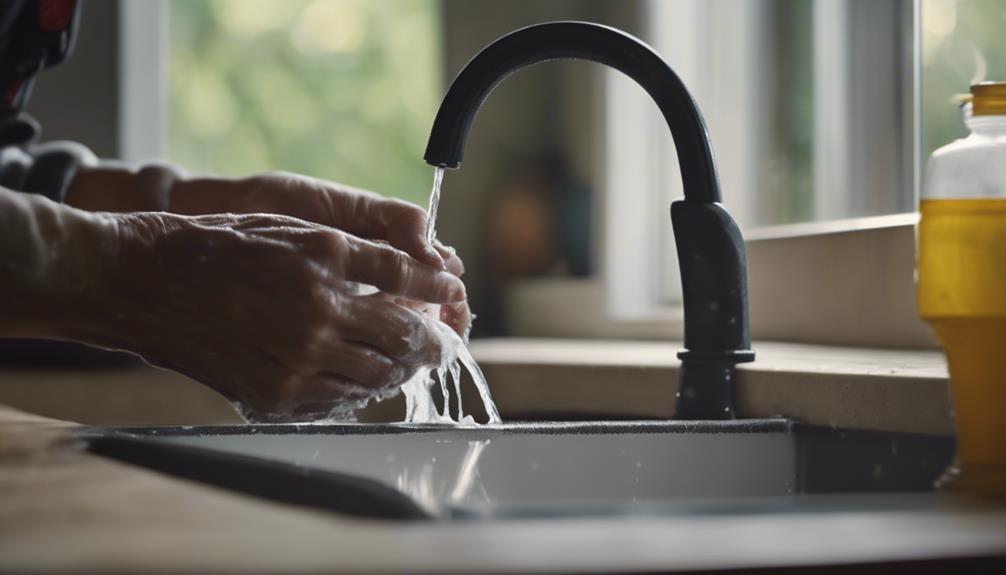
Activities play a significant role in determining the adhesion quality of press-on nails, affecting their longevity and stability. Engaging in various activities can either enhance or compromise the bond between the press-on nails and the natural nail bed. Here are some key points to consider:
- High-Impact Activities: Vigorous activities such as sports or heavy lifting can put pressure on the nails, leading to a higher risk of them popping off.
- Water-Related Activities: Excessive exposure to water, like swimming or doing dishes without gloves, can weaken the adhesive bond and cause premature lifting.
- Chemical Exposure: Contact with harsh chemicals in cleaning products or beauty treatments can deteriorate the adhesive, making the nails more prone to popping off.
- Excessive Nail Biting or Picking: Habits such as nail-biting or picking at the edges of the press-on nails can loosen the bond and result in them coming off sooner.
Being mindful of the activities you engage in can help prolong the wear time of your press-on nails and maintain their adhesion quality.
Removal Technique Influence
The effectiveness of the removal technique utilized significantly impacts the condition of the natural nails and the longevity of press-on nails. A gentle and proper removal process can help prevent damage to the natural nails and ensure that the press-on nails can be reused. Below is a table highlighting different removal techniques and their impact:
| Removal Technique | Description |
|---|---|
| Soaking in Acetone | Submerging nails in acetone until the press-on nails loosen for easy removal. |
| Oil-Based Removal | Applying oil around the edges of the press-on nails to help release them from the natural nails. |
| Flossing Method | Gently sliding dental floss between the press-on nail and natural nail to detach them. |
| Steam Removal | Using steam to soften the adhesive, making it easier to remove the press-on nails. |
Choosing the right removal technique can make a significant difference in maintaining the health of your natural nails and ensuring that your press-on nails stay in place longer.
Frequently Asked Questions
Can Press on Nails Be Reused After They Have Popped Off?
Press on nails can be reused after they have popped off by following proper removal techniques like using acetone. Ensure the nails are clean and undamaged before reapplying with fresh adhesive for a secure fit.
Are There Any Specific Types of Nail Shapes That Are More Prone to Popping Off?
Certain nail shapes like stiletto or coffin may be more prone to popping off due to their sharp or angular edges. These shapes can exert greater pressure on the adhesive, causing press-on nails to detach prematurely.
How Long Should Press on Nails Typically Last Before Needing to Be Replaced?
Press-on nails typically last 7-10 days before needing replacement. Factors like application technique, nail bed preparation, and daily activities influence their longevity. To extend wear, avoid excessive exposure to water, use proper adhesive, and handle nails gently.
Is It Possible to Prevent Press on Nails From Popping off While Swimming or Showering?
When engaging in aquatic activities, safeguarding press-on nails necessitates strategic application techniques and advanced adhesive products. Opt for waterproof adhesives, reinforce edges with extra glue, and ensure thorough drying time for enhanced durability against the challenges of swimming or showering.
Are There Any Specific Brands of Press on Nails That Are Less Likely to Pop off Than Others?
When seeking press-on nails less prone to popping off, explore reputable brands known for durability and adhesive strength. Look for innovative designs that prioritize longevity and secure application, ensuring a lasting and flawless manicure experience.

